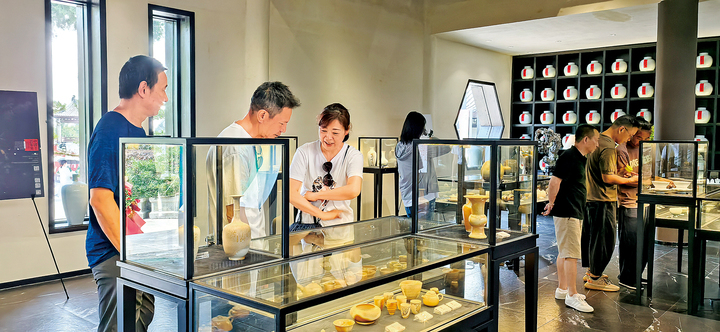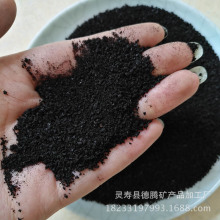By subscribing, you agree to our Terms of Use and Policies You may unsubscribe at any time.
Experts who aim to develop more eco-friendly plastic recently engineered bacteria to produce a plastic modifier called LAHB (long-chain α, ω-hydroxyalkanoate).
This development aims to enhance the processability, fracture resistance, and biodegradability of renewable-sourced plastics. In particular, it represents a solution for making polylactic acid (PLA) more environmentally friendly.
Easy-to-shape biodegradable plastic
Scientists hoped to make plastic from renewable sources that are also easily biodegradable, even in seawater.
Featured Video RelatedTherefore, they managed to achieve a relatively flexible, strong, and easy-to-shape plastic using LAHB and PLA.
Bioengineers from Kobe University developed the new plastic in collaboration with Kaneka Corporation — a biodegradable polymer manufacturing company. They also worked with researchers from the National Institute of Advanced Industrial Science and Technology.
According to a statement by the researchers, the plastic modifier makes renewably sourced plastic more processable, fracture-resistant, and highly biodegradable — even in seawater.
The modified plastic has been devised for “industrial-scale, tunable production of a material that holds great potential for turning the plastic industry green.”
Significantly, a solution to traditional plastics is now a reality.
Manipulating the organism’s genome
Since polylactic acid normally produced by plants was used, it added to the environmental aspects of curating the new plastic.
However, it is brittle and doesn’t tend to degrade efficiently.
When PLA combines with LAHB — a bioplastic — it produces favorable results. Additionally, scientists had to source LAHB by engineering a strain of bacteria that naturally delivers a precursor.
The organism’s genome was manipulated to create the bacteria. In other words, the team added new genes and deleted ‘interfering’ ones.
The study found that modifying the genome could help control LAHB chain length, which in turn can control the properties of the resulting plastic.
Ultra-high molecular weight ‘LAHB’
The bioengineers effectively produced LAHB chains up to ten times longer than with conventional methods. They these “ultra-high molecular weight LAHB.”
Bioengineer Taguchi Seiichi said, “By blending polylactic acid with LAHB, the multiple problems of polylactic acid can be overcome in one fell swoop.”
“The so-modified material is expected to become an environmentally sustainable bioplastic that satisfies the conflicting needs of physical robustness and biodegradability.”
The engineers claim that the bacterial strain employed in their research has the potential capability to utilize CO2as a fundamental ingredient.
Therefore, synthesizing useful plastics from greenhouse gases could be a possibility.
Ultimately, they wanted to offer a solution to the pollution caused by traditional plastics and reduce our reliance on non-renewable resources like crude oil.
The study was published in the journal–ACS Sustainable Chemistry & Engineeringearlier today (April 9, 2024).


 相关文章
相关文章




 精彩导读
精彩导读



 热门资讯
热门资讯 关注我们
关注我们
